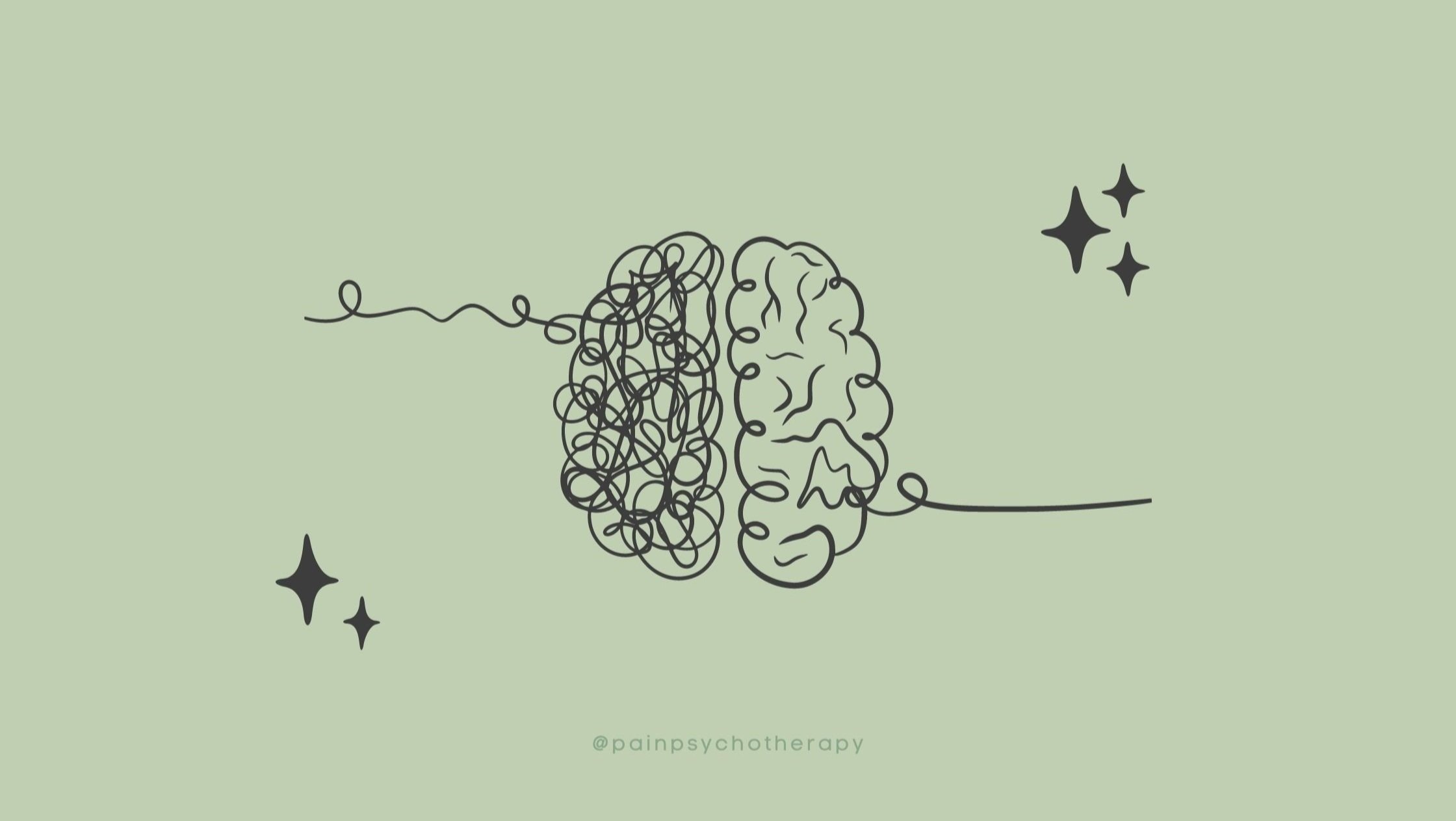By Tanner Murtagh
Medical trauma is a common category of trauma that, unfortunately, often goes unrecognized by physicians or therapists and adequate treatment for it is rarely provided1. It can be defined as a somatic, psychological, or cognitive stress response following a medical procedure1,2.As Levine3 discusses, trauma is not the event that occurred but the response of our nervous system to the event. Trauma is actually prolonged dysregulation in the nervous system, which could look like a fight, flight, freeze, and/or shutdown response3,4.
In my experience working with clients with chronic pain or illness, a large portion of them have medical trauma. Following a surgery, scary procedure, unhelpful treatment, or generally unsupportive or stigmatizing care from medical professionals, many people, for months or years after, have chronic nervous system dysregulation and greatly fear interacting with the medical system.
Causes of medical trauma can include:
- Confusing, scary, or conflicting opinions and information from medical professionals
- Proper education about a procedure not being provided prior to it occurring
- Compassionate support not being provided prior, during, or after a procedure
- Stigma from medical professionals, family, or friends, such as being mistreated or being made to feel “crazy”
- Onset of symptoms due to another health crisis or injury that caused a great sense of danger prior to a procedure
- Experiencing great fear prior to a procedure or surgery occurring
- A sense of inescapable attack was felt before and during a procedure5
- A procedure was unsuccessful or had a bad outcome, resulting in symptoms worsening
- Hope is repeatedly gathered and broken by failed treatments or interventions
Signs of medical trauma can include5,6:
- Prior, during, and/or after a medical procedure a person experiences the following physical symptoms:
- Flight response: anxious, panic, on edge, racing heart, difficulties breathing, tingling, dizziness, racing thoughts, or excessive worry
- Fight response: irritated, angry, racing heart, shortness of breath, high anger towards medical professionals, or rigid movements
- Freeze/shutdown response: shutdown, numb, drowsy, dissociation, floaty sensations, exhaustion, low muscle tone, numbness, poor immune function, or disconnection
- Following the procedure a person has a heightened dysregulated response to routine medical appointments or interactions
- Avoidance of future medical appointments, assessments, or procedures
- Injuries from the procedures, such as scars from a surgery, take longer than normal to heal
- Somatic symptoms, as medical trauma can trigger and perpetuate chronic somatic symptoms such as chronic pain, fatigue, dizziness, and other symptoms
Preventative therapy for medical trauma
Getting psychological treatment prior to an upcoming medical procedure is one of the best ways to prevent medical trauma from occurring5. A well-trained therapist can support somatically processing unpleasant sensations related to upcoming procedures and cognitively processing negative thinking and beliefs regarding it. A therapist can also help in setting up the conditions for a more somatic sense of safety to occur during and after the procedure. This could include5:
- Supporting the individual in educating themselves about the procedure
- Helping the individual in advocating for themselves with the medical team to receive what they need to feel safe
- Aiding an individual in identifying resources of safety they can use during the procedure (e.g. music, supportive person, blanket, or item)
- Supporting an individual in writing a script of instructions for the surgeon or medical team
- Helping an individual gain exposure to being in the hospital while processing sensations
Therapy for Medical Trauma
Once medical trauma has occurred and you have identified it, it can be vital to seek the support of a trained therapist in the area. Our therapists specialize in treating clients with chronic pain or illness and, because of this, are experienced in helping clients in overcoming medical trauma. Collectively, our therapists utilize the following approaches to treat medical trauma:
- Somatic Experiencing
- EMDR
- Somatic Attachment Therapy
- Emotional Awareness & Expression Therapy
- Accelerated Resolution Therapy (ART)
- Radical Exposure Tapping
- Prolonged Exposure Therapy
If you are ready to begin healing from medical trauma or need support to prevent future occurrences, book a free 20-minute consultation with one of our therapists.
McBain, S., & Cordova, M. J. (2024). Medical traumatic stress: Integrating evidence-based clinical applications from health and trauma psychology. Journal of traumatic stress, 37(5), 761–767. https://doi.org/10.1002/jts.23075
Birk, J., Kronish, I., Chang, B., Cornelius, T., Abdalla, M., Schwartz, J., Duer-Hefele, J., Sullivan, A., & Edmondson, D. (2019). The Impact of Cardiac-induced Post-traumatic Stress Disorder Symptoms on Cardiovascular Outcomes: Design and Rationale of the Prospective Observational Reactions to Acute Care and Hospitalizations (ReACH) Study. Health psychology bulletin, 3, 10–20. https://doi.org/10.5334/hpb.16
Levine, Peter A. (1997). Waking the tiger : healing trauma : the innate capacity to transform overwhelming experiences. Berkeley, Calif. :North Atlantic Books,
Dana, D. (2018). The polyvagal theory in therapy: Engaging the rhythm of regulation. W W Norton & Co.
Somatic Experiencing International (2021a). Somatic Experiencing Intermediate year Module 2.
Somatic Experiencing International (2021b). Somatic Experiencing Beginner year Module 1.














